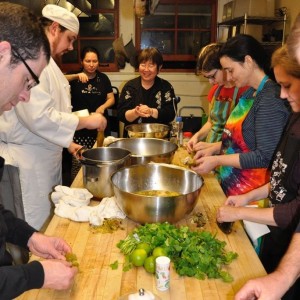
 Just as there are tricks to the perfect sandwich (hint: fresh bread for one), there is a method to making your cooking classes rewarding and mmm-azing for both teacher and student. Not only can your class satiate your students’ thirst for new skills and knowledge, it can also raise money for causes.
Just as there are tricks to the perfect sandwich (hint: fresh bread for one), there is a method to making your cooking classes rewarding and mmm-azing for both teacher and student. Not only can your class satiate your students’ thirst for new skills and knowledge, it can also raise money for causes.
Seattle’s El Centro de la Raza is a fine example. A simple tamale-making class evolved into a full curriculum of Latino and South American cooking classes. Eventually, these classes raised more than $50,000 to support bilingual community services.
As Brown Paper Tickets‘ Food, Drink and Farm Specialist, I coached and trained a group on teaching family recipes, sharing culture and traditions to raise funding for community services. My program takes excellent volunteer cooks from the community and turns them into teachers. I broke how to teach cooking classes down into basic steps below, so that anyone can start a volunteer-based cooking school and get community members to teach their family recipes. If you’re in Seattle, join me at my next class when I teach how to make paella.
Here are 9 steps to a well-organized, rewarding, fun and (hopefully) fundraising cooking class or program.
1. Become an Expert
You must learn to walk before you can fly. First things first, you need teaching experience. You must really know your stuff to organize others who have little-to-no teaching experience.
Try teaching cooking classes in your home with friends and family as pupils. This should be a free event to give you a realistic perspective of teaching. In addition to teaching your own class, try attending a few run by professionals. Ask a lot of questions and take copious notes.
2. Host a Volunteer Meet + Greet
Host a meet and greet for potential volunteers. Keep the mood light and offer food and drinks. Make it a fun social event where everyone can chat. Once everyone is settled in and socialized, announce the project’s goals and needs.
Have potential volunteers sign up on a free registration page through Brown Paper Tickets. The process is fast and easy and the link can be directly e-mailed. This allows you to keep track of attendees as well as easy communication.
3. Get to Know Your Group
Here’s an easy icebreaker. Gather everyone into pairs and ask them to talk about what they know best for a few minutes. Once they have had time to chat, ask each person to introduce their partner.
4. Teach What You Know
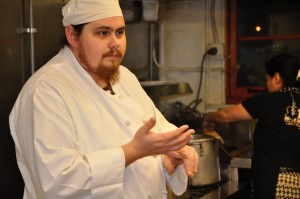 We can all teach just as we can all learn. Three tips to better teaching:
We can all teach just as we can all learn. Three tips to better teaching:
Meet students at their levels. If someone asks you about how to microwave ketchup soup, don’t insult him or her, don’t laugh and don’t start showing off. There’s plenty to learn from less experienced people.
Be kind when criticizing. Being an “expert” (as you will be by the time your class shows up) means you know more than your students. That is why they are paying to be in your class. If you need to step back to go over remedial skills like safety techniques, do it. Check your schedule and note any schedule changes as things progress. But take the time to teach the skills your pupils will need at home.
Celebrate mistakes. There will be messes, fallen cakes, burnt caramel. That’s okay. Be sure at least one batch of everything on the menu makes it to the table. Talk about the mistakes or failed dishes, why they happened and what to watch out for next time. Make a few mistakes yourself–laugh them off and talk about how to fix them. Many students are afraid to make mistakes. If you can teach people to accept mistakes and move on, you’re my hero.
5. Find Your Audience and Theme
Once you know what everyone is best at cooking, you can talk about how to turn that into a class. Map out who, what, where and why. Once each volunteer selects a subject, you can start finding the audience.
However, sometimes you find your students before you find your subject. If fans line up every evening for your amazing open-fire-pit pizza, then your topics are obvious. Dough, sauce, toppings, fire management and whether to fold or stack slices. However, if you don’t have a restaurant or bar, start by looking around at trends you see in the people you think may take a class.
Generally, you want to teach a dish or cuisine folks can learn in a couple hours to the degree they are confident to make it at home. There are exceptions of course. Take pickles, for example. You can’t really make a great pickle in a couple of hours, but you can certainly have samples, teach basic styles and techniques. Pick something that interests you and you’ll be a better teacher.
6. Know Your Subject Inside and Out
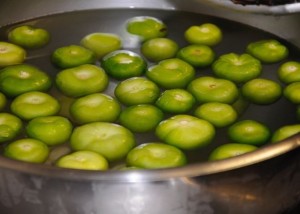
Pizza is a great example. There are so many styles; it’s mind-boggling. In the end, it’s just flat bread, sauce and cheese. But people prefer one style over another and that’s what makes it interesting. You don’t have to teach every style in your class, but know enough so you can answer questions. Remember, you’re the expert. If you can’t answer questions then you lose respect and sometimes, control of the class.
7. Include these Elements on Your Event Page
• A detailed menu (ingredients, descriptions)
• Chef or organization bio
• Allergy or restriction questionnaire
• Clear refund policy
• Price the class accordingly (be sure the price covers your food and labor cost)
• High-quality images of the dishes you will serve and cook (videos too)
• Spread the word to friends and consider a friends + family discount
• Information on attire, if producing a themed event
• Comp or discounted tickets for staff (training hours are expensive, this could help train your staff and make you a cool boss)
• Event start time and meet-and-greet time, if you want people to show up early
• Business hours
• A clear direction for your class. Make sure your event description is clear—expectations are hard to reset. If it is a demo, tell them so.
Tip: Don’t be afraid to extend the invitation to like-minded organizations and get to know other event organizers in your industry.
8. Practice, Practice, Practice
Go through the steps and write a lesson plan for your class. Practice it with friends. Scripting is a good first step, but don’t pass up the chance to show and tell with a buddy. Tape it using video if possible.
Type up your recipes and have copies ready for your students. Compare your recipe with two or more examples to ensure it is easy to follow. Include tips and secrets and absolutely provide your email address or website. Make sure you are realistic about the number of pupils you can teach
at once. Start small and build from there. Also be sure you have enough ingredients to complete the menu. Striking a balance between size of class and courses is important.
Create an ingredient checklist and triple check it against your recipe or lesson plan. Do as much prep work as you can prior to the class, but leave enough work to share with your students. If you are cooking a more complicated dish or large quantity, pre-chop veggies. You can always demonstrate on a small quantity and have your pupils try it too.
Pre-measure your ingredients and have them ready to go in separate containers. This will help when you are cooking the dish and you will be less likely to miss something (check ingredients against recipe). Socialize with the class. Before you start, take the time to ease into things. This will relax everyone and make them comfortable.
Taste everything with the class as you go. When possible, eat your creations together at the end. A meal enjoyed in a group is a wonderful reward for a job well done. Make sure you have take aways and containers for the students to bring home. There are three types of take-aways: food, resources or value added. Food take-aways include leftover dough, ingredients or components. Resources would be things like worksheets, syllabus or directions. And value-added means marketing materials, like coupons, tote bags or branded goodies.
9. Attract Sponsors for Your Next Event
Now that you’ve decided to present an exciting new event or program, you wonder: How will I make all this happen with my existing budget? Building a presentation (or deck) and seeking community or corporate sponsors can close funding gaps for new initiatives. It can also help begin and grow future investment in your programs by your sponsors as they witness your work’s impact first-hand.
Here’s what to include in your presentation:
• Clarity of mission + vision
• Testimonials from past program participants and community stakeholders
• Clear description of program or event
• Your ask (arguably, the most important). Be very specific.
• Levels of giving/sponsorship packages
• Sponsor benefits or givebacks: What will your sponsor receive per giving level?
• Other donors or matching gifts opportunities
• Your contact information + organizational branding
Good luck and happy cooking. Feel free to comment with your own tips if you’ve ever taught cooking classes.
Event Tips >
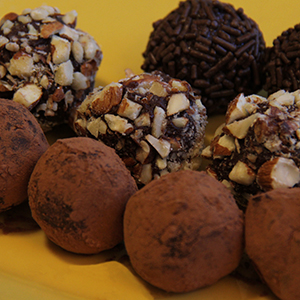






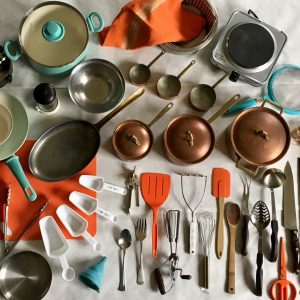

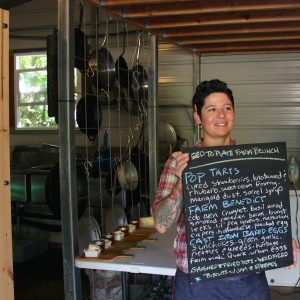
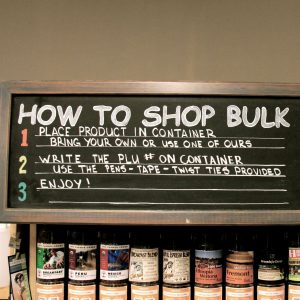




 Arts
Arts Comedy
Comedy Event Tips
Event Tips Film
Film Food & Drink
Food & Drink Good Causes
Good Causes Music
Music News
News Radio
Radio Roller Derby
Roller Derby